Author:Melissa Bryant | TIME:October 21, 2019
Pharmaceutical packaging industry has continued to grow and develop over the years and will continue. It is estimated that the market size is expected to reach $128 billion until 2025.
The main reasons for growth are increased global demand for drugs in emerging economies; population aging; increased chronic diseases; antimicrobial resistance and stricter environmental and medical regulations.
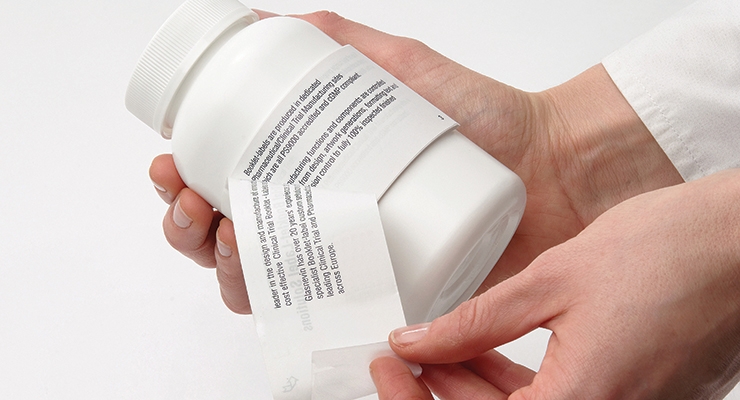
If you work in the pharmaceutical industry and want to know some recent trends and how it will affect your medicine bottle or pharmaceutical bottle packaging and labeling, you can continue reading.
Serialization refers to ensuring the authenticity and traceability of medicine in circulation through a unique identification code (serial number code, ie, medication "identity" code) on all levels of the drug packaging. The first is aimed at repeated counterfeit drugs. The European Union (EU) regulations requiring drug serialization, which came into effect on February 2019, and the US Drug Supply Chain Security Act, which extended the compliance period to the end of 2023.
Strict rules and uniforms, pan-EU measures ensure the safety of medicinal products and strict management. Almost all prescription drugs use pharmaceutical packaging with a unique serial number code to track drugs throughout the supply chain, prevent counterfeit drugs from entering the legal supply chain, identify possible counterfeit drugs in the supply chain system, and protect patient safety.
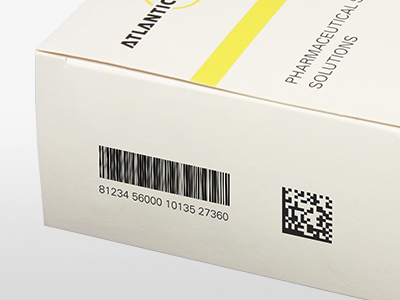
Digital batch serialization is a mandatory part of the pharmaceutical industry, but serialization code is not the only solution to prevent counterfeiting. To ensure that counterfeit products throughout the supply chain are minimized, seal medicine bottle completely.
In addition, invisible anti-counterfeiting ink is a good idea. These inks can be used to print micro text or small QR codes to provide an extra layer of protection. You can capture it with a webcam, cell phone, and other scanning devices, but it is invisible to the naked eye.
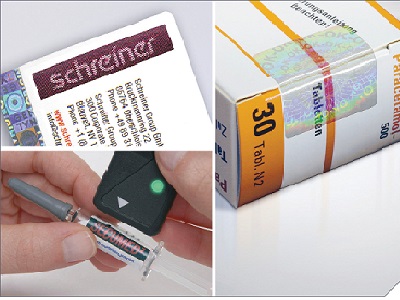
2019 will be similar to 2018, recycling and sustainability are key. It is also true that pharmaceutical packaging developers are paying more attention to sustainability and increasing the demand for environmentally friendly self-adhesive materials or linerless labels. Biodegradable packaging is a better packaging option, analyzing the life cycle and reducing the carbon footprint can attract brands that are trying to go green.

With patient-centric and growing self-medication requirements for easy-to-manage drugs, Auto-injectors, prefilled syringes and smart packaging add value and integrated tagged NFC chips can help patients best during self-medication. In the future, innovative pharmaceutical bottle packaging makes it patient-friendly.
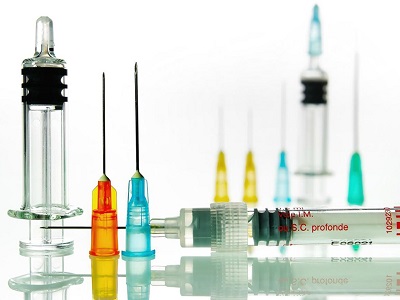
Driven by consumer lifestyles and a preference for healthy living, consumption is more inclined to package aseptically packaged and better-protected products. So we need to meet customer needs for small batch production, small packaging to provide them with more convenience.
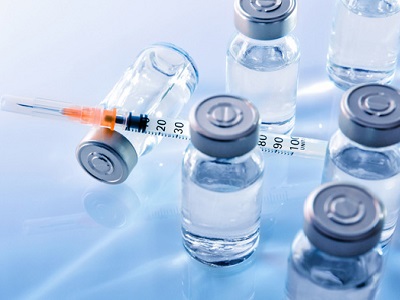
With the help of robotics and 3D printing, innovative trends in packaging drugs for devices that package drugs have emerged. We see 3D printing applications making small-volume production more efficient, while medical Internet of Things (IoMT) and smart technology help automate pharmaceutical packaging.
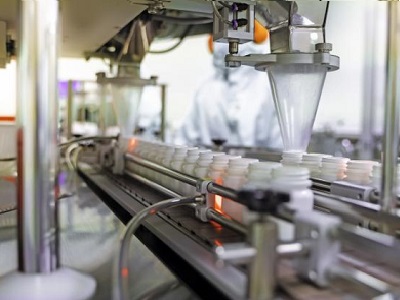
The pharmaceutical packaging industry faces many challenges, such as cost and packaging capabilities. In order to provide better packaging services for medicine bottles and pharmaceutical bottles, strategic planning is necessary to face the complex medical bottle packaging market changes.
Otherwise, the variety of demanding projects and programs will make packaging professionals have no energy to cope with the changing market, leaving your company stagnant or even in trouble.